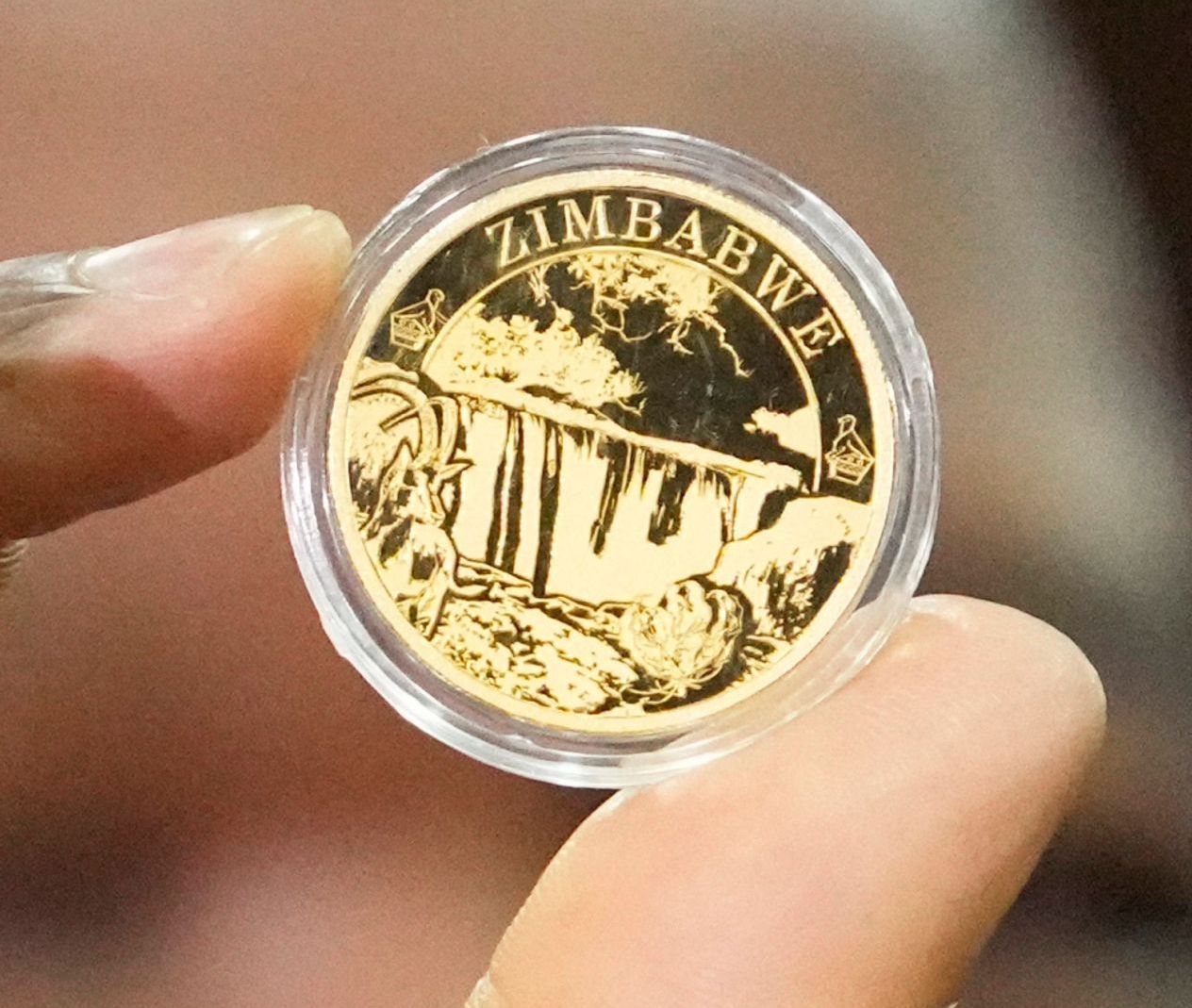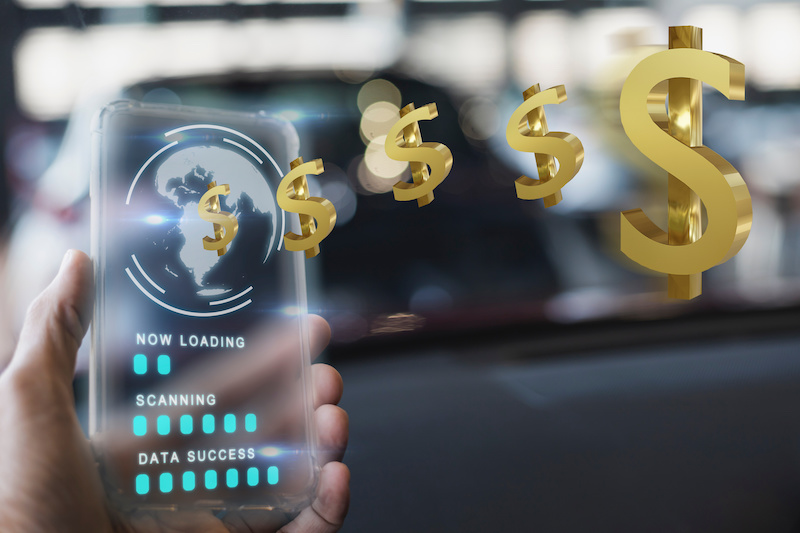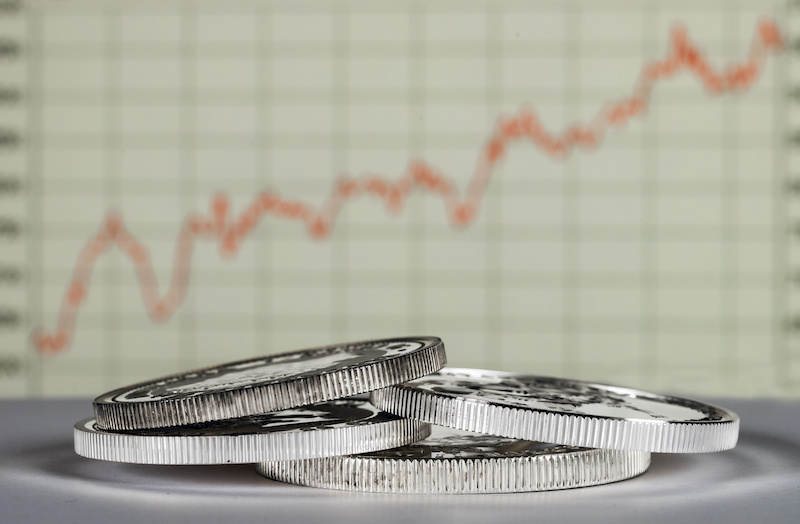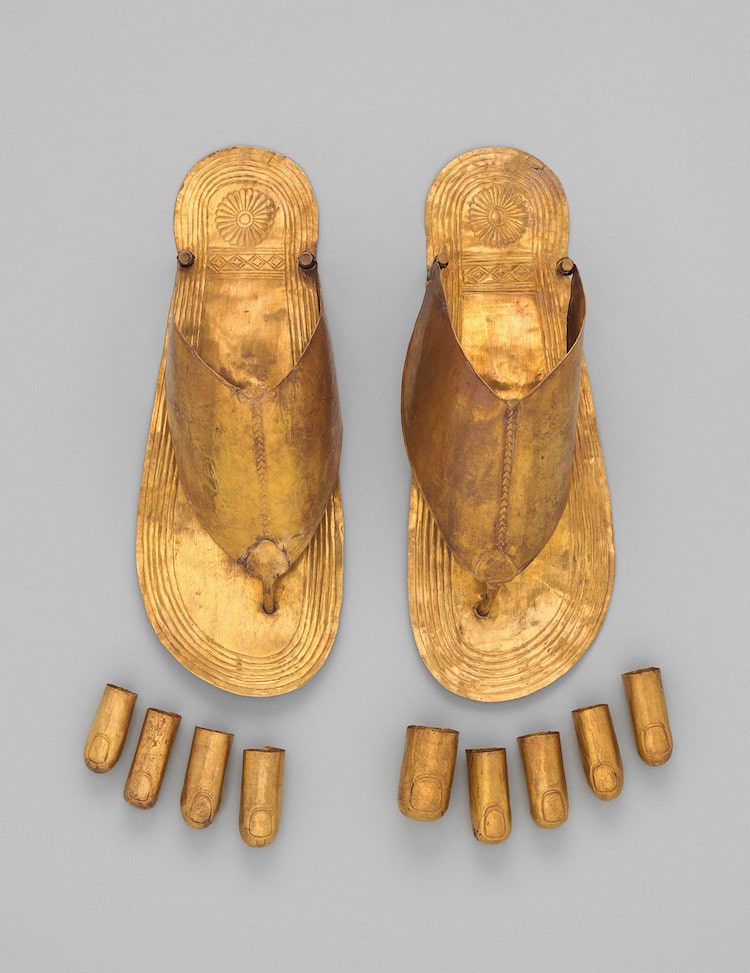Saudi Arabia is showing the world that it is taking active steps to end the dollar’s hegemony across the global economy through a multitude of political and diplomatic moves and financial investments.
Saudi Aramco, officially the Saudi Arabian Oil Group or simply referred to as Aramco, has announced the investment of more than $10 billion dollars to finance the construction of a new refinery and petrochemical complex. The construction is expected to take three years and when finished it will have the capacity to produce 300,000 barrels of oil per day.
The world’s largest oil exporting country has also opened dialog about joining the Shanghai Cooperation Organization (SCO), a regional trade and security organization dominated by Russia and China.
In recent months, many more countries have expressed interest in joining the BRICS trade organization, which largely represents the global south in an effort to provide open trade and financial empowerment to developing nations.
CNBC reports that much of the rush to dump the dollar is largely seen as repercussions of the weaponization of the dollar to suit the foreign policy whims of the Biden administration, citing the financial sanctions imposed by the G7 following the Russian invasion of Ukraine and the decades of financial hardship placed on the people of Venezuela.
Central Banks continue to diversifying assets and dumping Treasury bonds and other dollar based assets in favor of commodities and growing currencies like the yuan. Globally, goods and services sold in dollars are going to get more expensive as the yuan and BRICS agreement picks up steam.
As the impact of the ongoing banking crisis begins to be felt at home, many Americans are shifting their priorities to protect their financial assets. This means we will continue to see a rapid shift of excess dollars into hard assets like gold, silver, land, ammunition and firearms and food in the coming months as more people prepare for further economic hardship.
COMEX silver and gold inventories are dropping as insiders ramp up the draining of physical precious metals from the vaults.
Some market analysts are predicting inflationary conditions to get worse as devaluing of fiat dollars accelerates following the Saudi decision to begin selling oil in other currencies. This is likely to lead to a ripple effect that will cascade to many other countries that rely on the dollar for settlement of global trade.
Last October, CEO of JP Morgan Chase Jamie Dimon, the nation’s largest bank, warned investors that the country is heading into a recession this year that will be far worse than any in recent memory.
In December, he reiterated his warning, adding that the main risks to the economy may come from abroad, citing threats to the fracturing supply chain, high inflation, rising prices of commodities and the ongoing proxy war with Russia.
Last year, numerous executives and precious metals traders were convicted from JP Morgan Chase, Deutsche Bank and other large institutions in a long-term, ongoing price manipulation scheme that was intended to trick the markets and investors into wrongly believing that price movements in the metals markets were organic.
JP Morgan Chase, often cited as to be too big to fail, is reportedly holding massive gold derivative short positions that are potentially greater than the bank’s total assets. If the price of gold continues to rise, JPM may be forced into a situation in which they will need additional leverage to cover the shorts.
Price manipulation, corruption and unfair representation in the LBMA and other G7 controlled commodities market were just some of the many grievances voiced by Russia last year during the announcement of the Moscow World Standard.
Casual investors are beginning to see that one of the best ways to protect their long-term financial assets from the Federal Reserve imposing a consumer CBDC is to diversify their cash holdings and other liquid assets into silver and gold bullion.
Mainstream media has been reporting on the rapid dollarization occurring with varying attempts to denounce genuine fears as a conspiracy theory.
The Chinese Renminbi or yuan is the currency that would benefit most from removing the dollar as the reserve currency.





